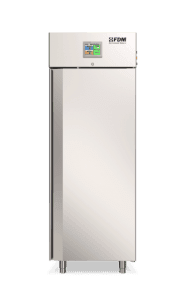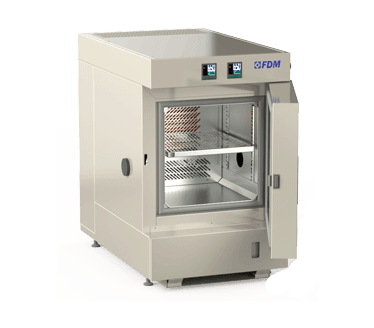
On these pages we often talk about tests on products and materials, designed to verify their resistance to environmental factors and more.
Aren't we forgetting something?
The packaging!
Today, every product sold on the market has its own distinctive packaging and this too must undergo a series of tests in accordance with international standards to guarantee its safety.
Let's see which ones.
The Problem of Testing on Packages
Packaging designers are caught between two opposing needs.
Packaging that is too large involves excessive costs and difficulty in disposal, with relative environmental pollution. Conversely, packages that are too "light" do not sufficiently protect the product inside and ruin the brand's reputation.
In this sense, packaging testing can be seen - in addition to simple safety tests - as tests for the optimization of a fundamental part of the product: its presentation.
The packaging must remain functional, aesthetically significant, environmentally sustainable and yet meet all international safety standards for the storage of products inside.
Perform
Climate Stress
Discover the new series of Climate Chambers for controlled climate testing
The Types of Packaging Testing
A large part of the packaging testing is common to all, regardless of the products, and only related to the life cycle of the package: from production to logistics up to the shelf.
In all these phases, the package must demonstrate that it adequately protects and preserves what it contains.
Among the types of tests on packages we can distinguish in two categories: mechanical and climatic ones.
Mechanical tests include: compression test, distribution test, vibration test, drop test, inclined impact test and horizontal impact test.
While, among the climatic tests, the ones we deal with, we have environmental tests and cold chain tests.
Let's go see them in detail.
Climatic Packaging Testings
General environmental tests, also called environmental conditioning tests, concern the packaging of many types of products, but above all they concern medicines, drinks and foods in particular. We have discussed it here.
The international standards that regulate environmental conditioning tests on packaging are ISO 2233:2000, ASTM D4332, and ASTM E171.
The cold chain test, on the other hand, is more specific. It conquered the front pages of the newspapers towards the end of 2021, when we were told about the laborious transport of the first anticovid vaccines which needed to respect the "cold chain".
By cold chain we mean keeping the product under a certain temperature for the entire duration of transport and during storage and display. It mainly affects frozen food products and, precisely, some types of medicines.
The cold chain packaging test is regulated by ISTA 3A.
You cannot find the ideal chamber for your test?
Create your own environment, according to any test requirement
The FDM Climatic Chamber for Packaging Testing
All of the climatic tests on packaging that we have talked about need a climatic chamber to be performed.
FDM climatic chambers are the perfect laboratory instrument to perform all climatic tests in compliance with international standards.
Each climatic chamber has temperature and relative humidity control which allows you to program the parameters necessary to verify the tightness of the packages in all phases of their life cycle.
For further needs, please do not hesitate to contact us.
Would you like to receive a quote or do you have questions about the product?
Contact us to receive more information about this Product.



